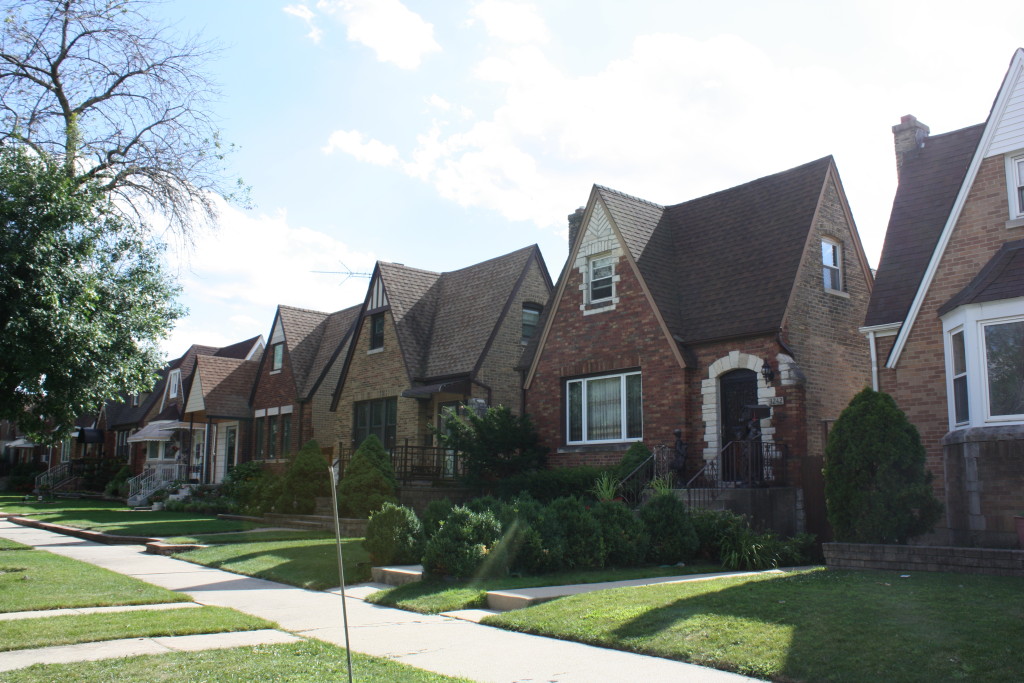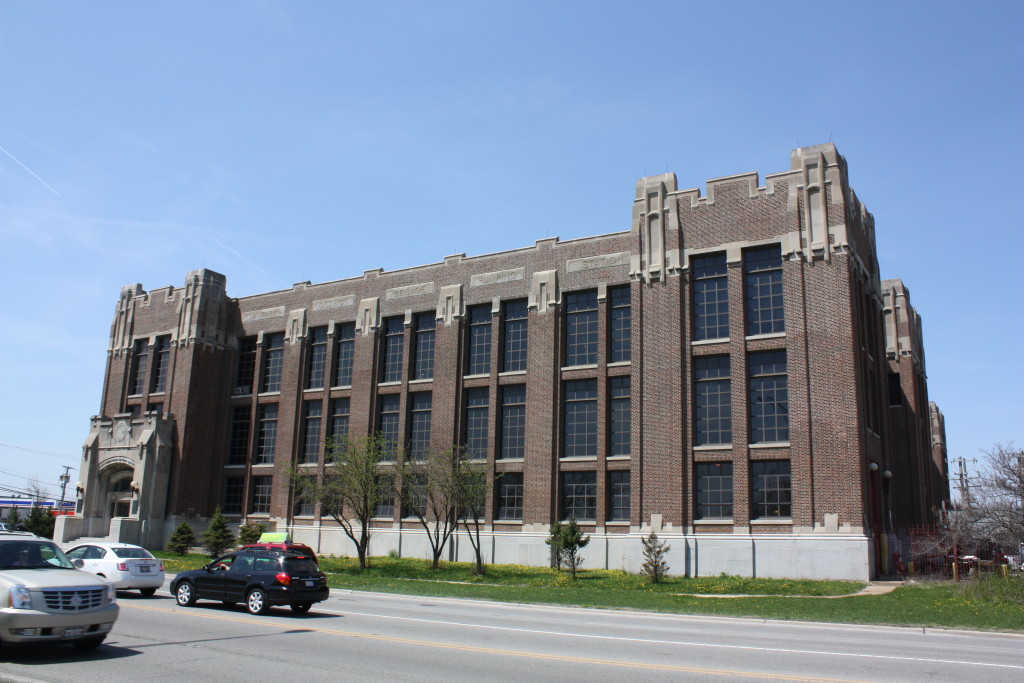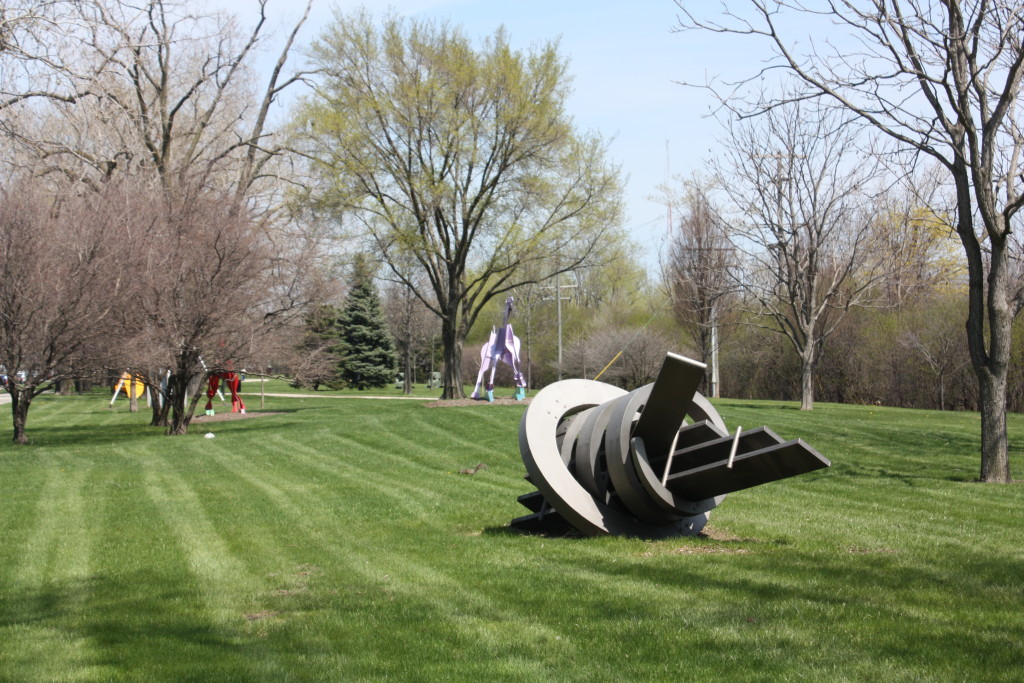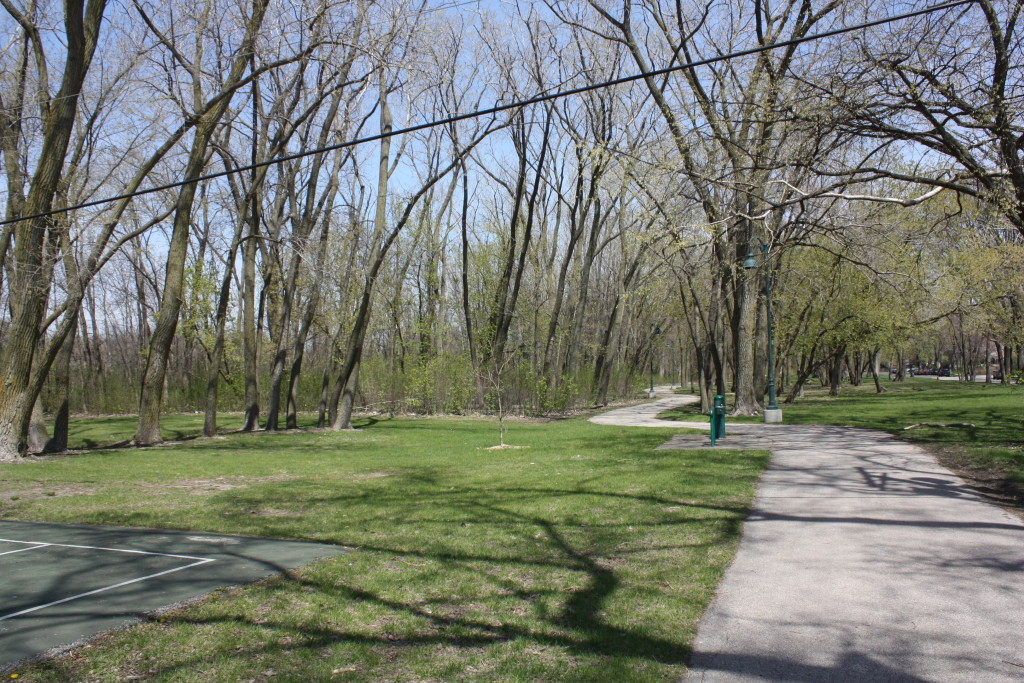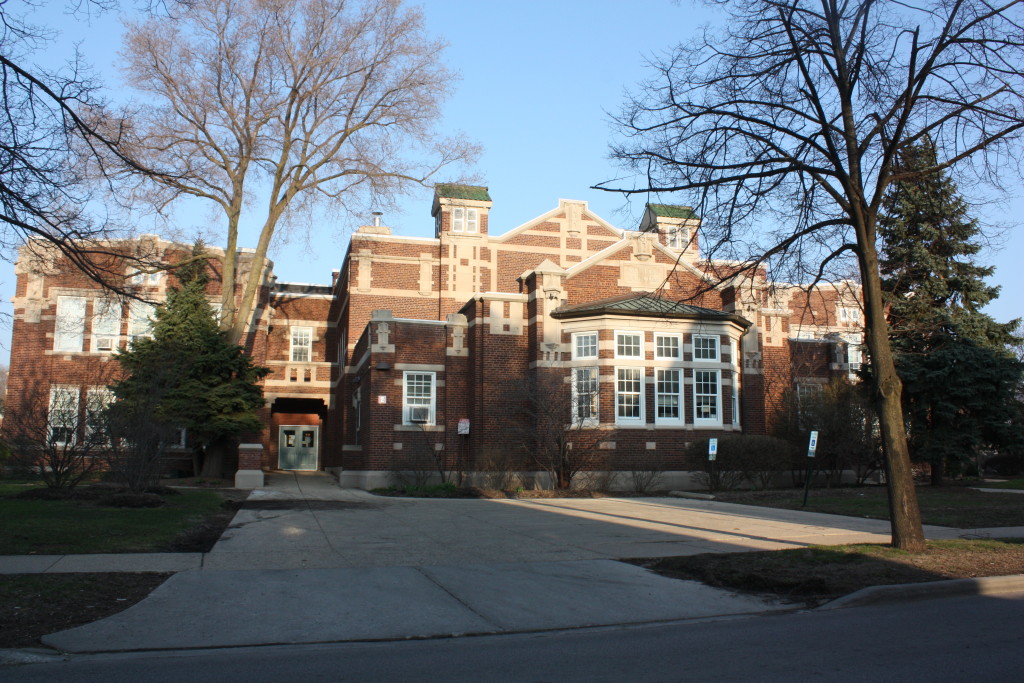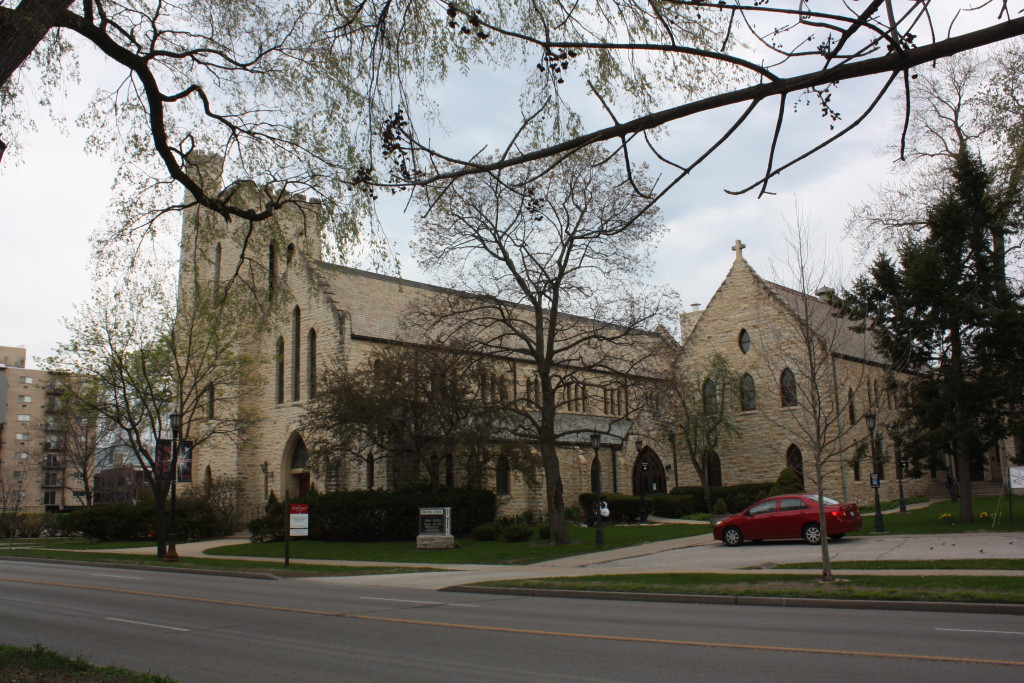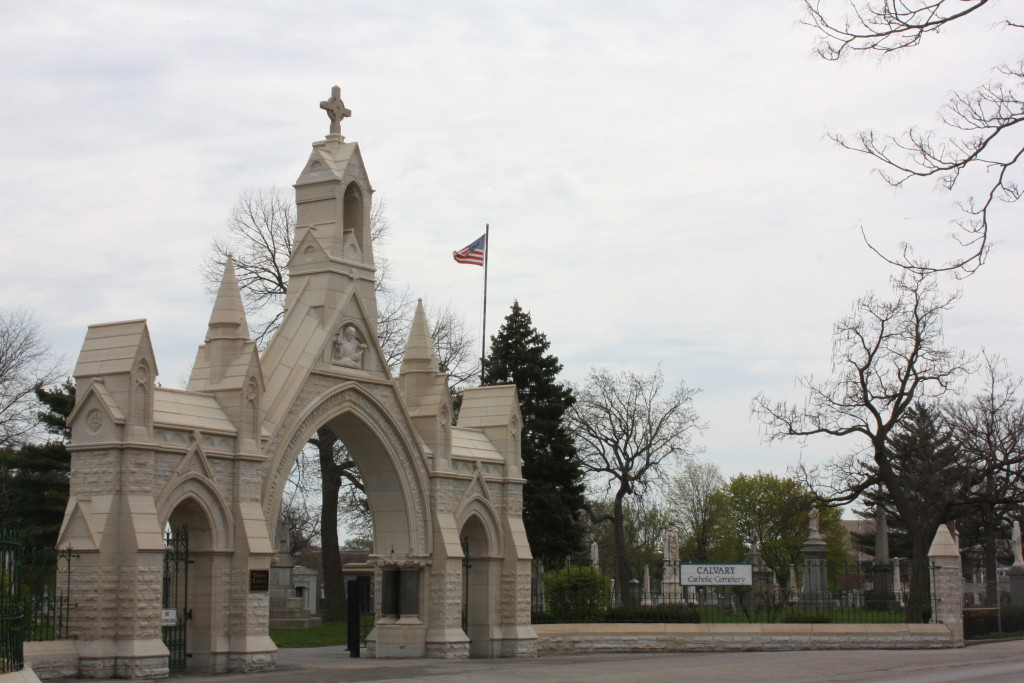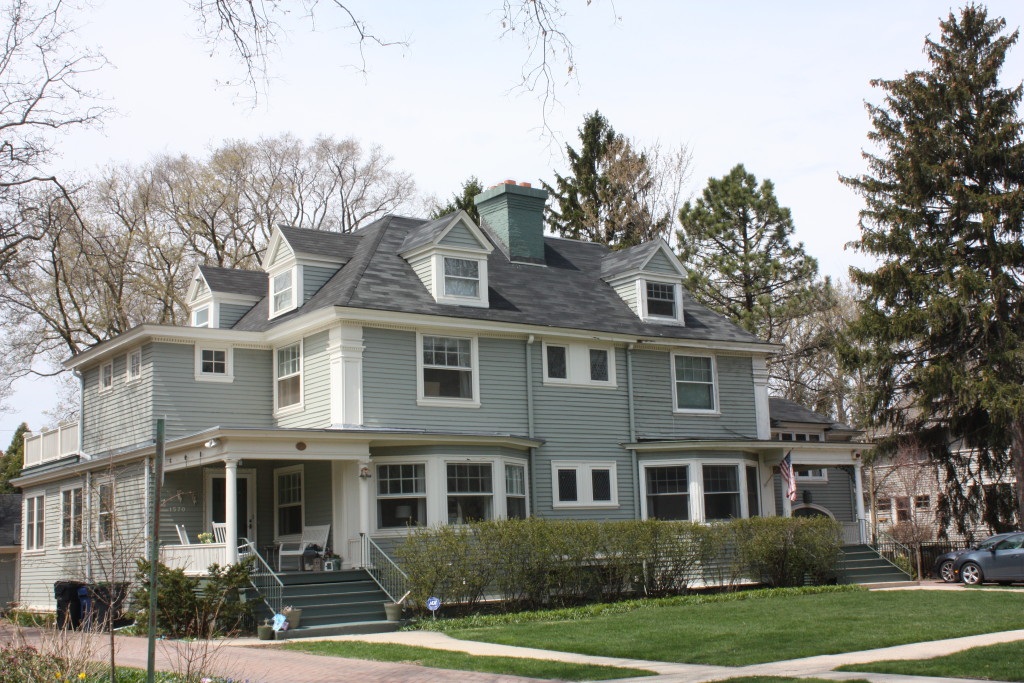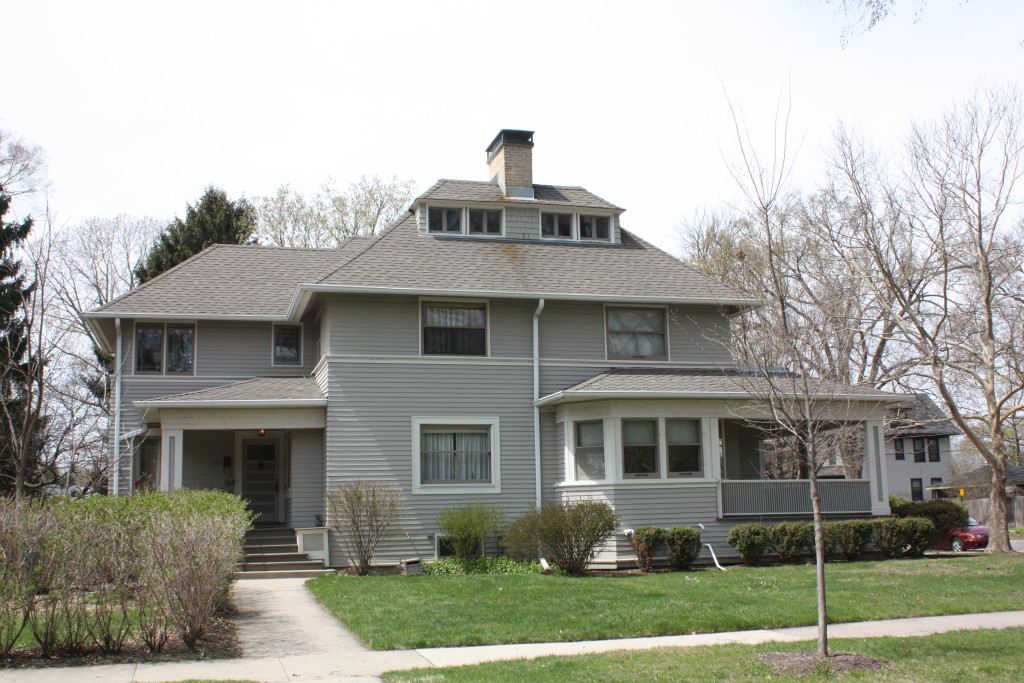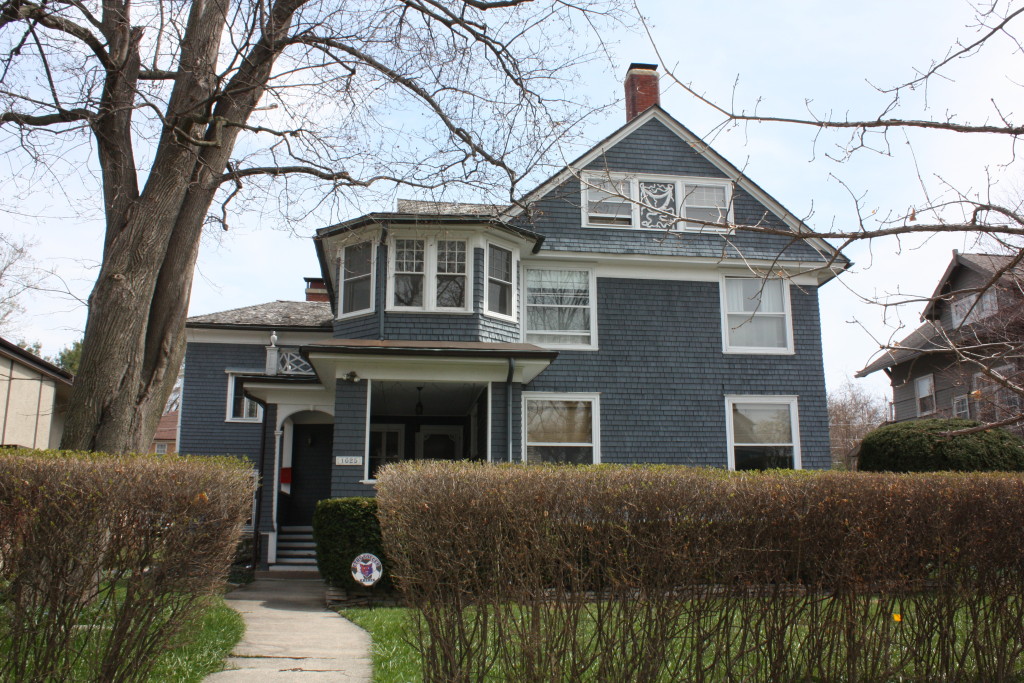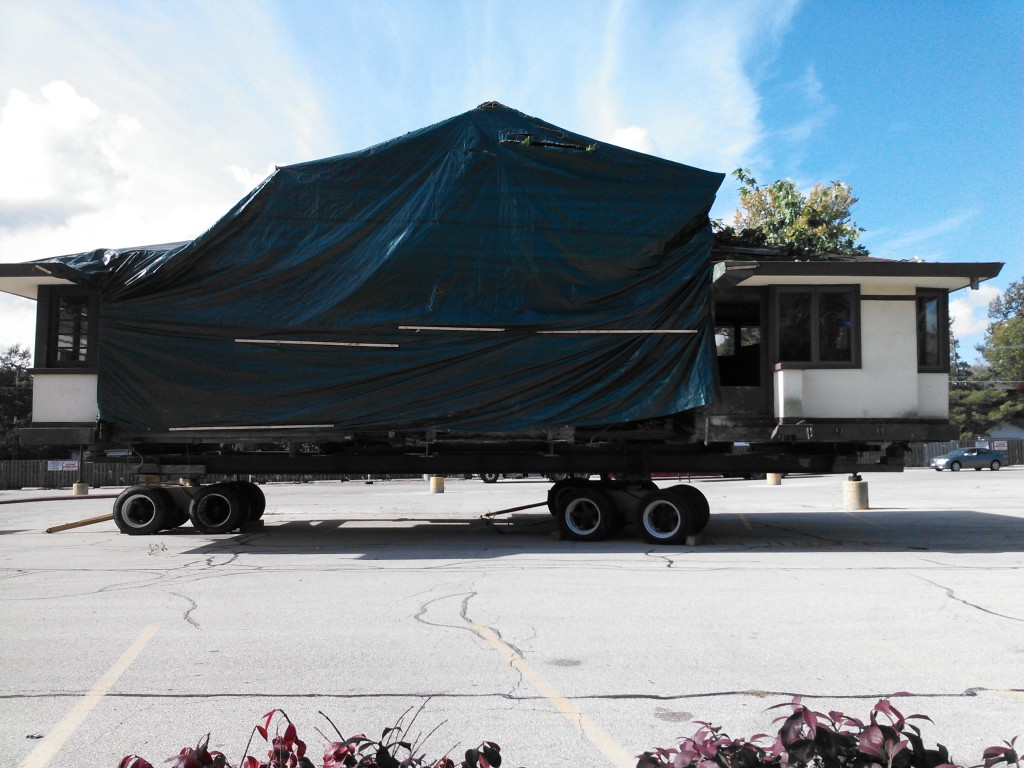We moved to Chicago from Ohio twenty years ago. We came here to live, run a record store, play music and adopt a new city that our transplanted crew of band members, wives and significant others could all agree on. For a while, that was what we did…we ran a record store, we played music, we lived. Lives went on, bands broke up, people moved away, the record store fizzled and the city enveloped us. New jobs were found, new bands were formed, new lives had begun. During this time, I was suffering from chronic and severe carpal tunnel syndrome, remnant of the carpentry, furniture building and cabinetry jobs I had done before the move. One of the casualties of this was the inability to ride a bike. The pressure on the handlebars was enough to cause my hands to go numb in moments. As a result, cycling, once a central part of my life, had faded away to nothing. I would end up having multiple surgeries and physical therapy to relieve my condition, and to this day, all of the treatments have made life very much more manageable, but anyone that has done any training rides with me has seen me riding one handed, doing my flexor exercises to relieve the tingling. Better, but still a bother.
I lived in the city for many years before I rediscovered cycling. Reclaiming my inner cyclist was a multi-year endeavor. There were short rides, then longer ones. I experimented with different bikes, different handlebars and as I tended to the real issue with the carpal tunnel syndrome, I was able to endure longer and longer periods on the bike. Straight bars gave way to bullhorns and eventually back to road bars. I began to bike to work, got a new bike, then another, then discovered various parks and the Forest Preserve system, but the real change began when I started to explore the neighborhoods.
Renewing my love of the bicycle occurred as another passion was discovered anew….my love of great architecture. What a city to wind up in. Cycling was a common way for my fellow citizens to transport themselves about the city. There were a plethora of bike stores, bike rides, activities, and cyclists, but what there was beyond all of this, were great homes, amazing buildings, and vast relics of an age when building craft was an absolute art. Using my bike, I could explore all of the places I saw on the map, read about in a story or heard about from others. Soon, the bike became my exploration machine and I was able to redevelop two passions whose embers had cooled over many years, merging both into a single activity.
My father instilled in me a love of old architecture and the built environment. It was his love of brilliantly designed buildings, and interesting details in brickwork, on bridges, in churches, schools, houses, synagogues and buildings great and small that came back to me as I biked the streets of Chicago. Chicago was like Cleveland in building styles, variance and wonder, but far, far larger, greater….more. My dad was always able to appreciate the form of both the famous and pedestrian. He spent years volunteering for the Cleveland Historical Society and for a time our attic, basement and garage were his hording places for a keystone here, an old door there. We had piles of gorgeous face-brick next to the top tank of an overhead toilet. There were mildew-smelling mantels, stained glass windows and a variety of architectural details saved from the wrecking balls of Cleveland demolition companies only to meet the fate of entombment in the storage holes of our home.
As I pedaled through the streets, it was constantly a discovery of new that seemed already familiar. There is great variety in the neighborhoods, even if at first glance it appears uniform and everyday. Dunning and Montclare exemplify this Chicago trait. Blocks and blocks of same-styled homes seem at first to blend together, before you start noticing the squatty fronts of a smooshed up bungaloid, followed by another and another. Dutch Colonials with crazy hipped front roofs. Chicago Cape Cods with shed dormers, ranches with columns and cottages with mission facades. Nothing jumps out as one-of-a-kind, but it is all brilliant in its own right.
The streets of these two northwest communities helped remind me of why I do these tours. I do them to explore the city, to become more attuned to the blocks, the houses, the people. I do them to show this to my friends and fellow cyclists, Chicagoans, humans. I do them because this city is awesome. Its neighborhoods are incredible. Its buildings and people and stories are worth sharing. Both Dunning and Montclare have their share of sites that are stunning, but they are awash in everyday amazing.
And that is why I love Chicago.
Join us for the Tour of Dunning and Montclare this Saturday and rediscover the City of Neighborhoods.

